
AeroGenie - مساعد الطيار الذكي الخاص بك.
الرائج الآن
Categories
UK Airline Cancels All Flights and Returns Planes to Lessors
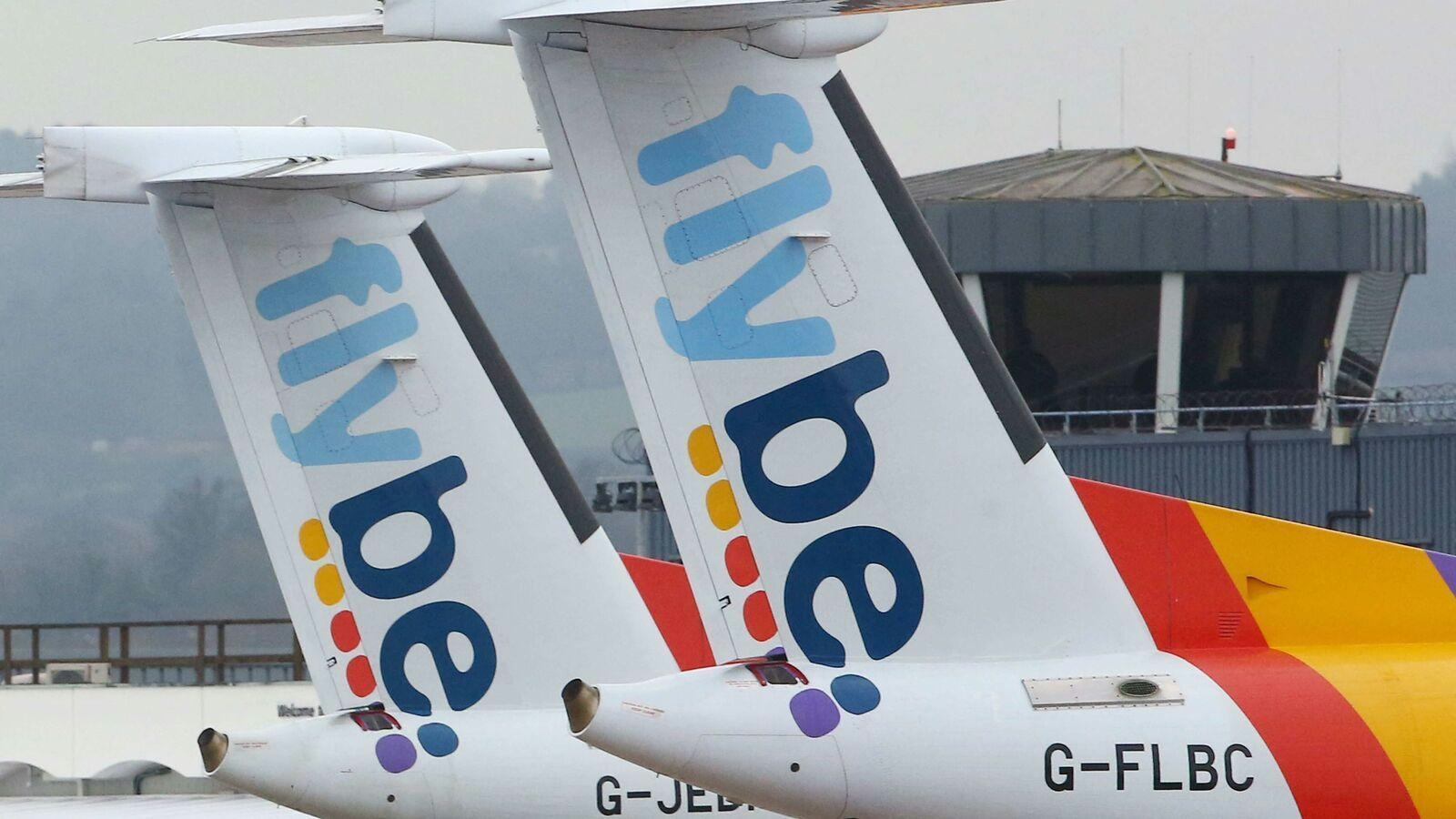
UK Airline Cancels All Flights and Returns Planes to Lessors
Eastern Airways Suspends Operations Amid Financial Turmoil
Eastern Airways, a regional carrier based in Humberside, has abruptly ceased all flight operations and filed a formal notice of intention to appoint an administrator. This legal measure grants the airline protection from creditors for ten business days while it assesses its options. The airline has returned its entire fleet to lessors, a move widely interpreted as a precursor to closure after nearly 28 years in service.
Prior to the suspension, Eastern Airways operated four scheduled routes connecting Aberdeen with various Scottish destinations, alongside a key service linking London Gatwick to Newquay in Cornwall. The sudden halt has left employees facing potential job losses and passengers urgently seeking refunds. Under European regulations, affected travelers are entitled to reimbursement and may also qualify for compensation, although the airline’s precarious financial position could complicate claims processing.
Market and Regulatory Repercussions
The airline’s decision is expected to precipitate significant financial and operational challenges, including the possibility of bankruptcy and diminished investor confidence. Market reactions have been swift, with Eastern Airways’ stock price experiencing a sharp decline and insurance premiums likely to rise. Aircraft lessors, now in possession of the returned planes, may pursue renegotiations or redeploy the assets to other operators. Meanwhile, competing airlines are anticipated to adopt aggressive pricing strategies to capture the displaced passenger base.
In response, regional authorities have acted promptly to safeguard essential connectivity. Cornwall Council is actively seeking a replacement carrier for the Gatwick-Newquay route, while Loganair has emerged as a potential operator for the Aberdeen services. However, limited aircraft availability may restrict the scale of these interventions. Loganair has introduced special rescue fares on its Aberdeen-Kirkwall and Aberdeen-Sumburgh routes, underscoring its commitment to maintaining vital air links for island communities.
Implications for UK Regional Aviation
The collapse of Eastern Airways underscores the ongoing challenges faced by UK regional airlines, further eroding competition on routes that, while commercially marginal, hold significant social importance. The future viability of services such as Gatwick-Newquay and Aberdeen-Wick may increasingly depend on targeted subsidies and public service obligations. Larger carriers, including International Airlines Group (IAG), easyJet, and Ryanair, are unlikely to fill the void, as these routes do not align with their broader network strategies.
This development highlights the vulnerability of smaller airlines, particularly those reliant on wet-leased aircraft and lacking substantial financial reserves. The abrupt cessation of operations exposes risks inherent in third-party contracts and leaves customers confronting considerable uncertainty. Passengers are advised to pursue refunds promptly and stay informed through official airline communications and regulatory updates as the situation evolves.
Eastern Airways’ withdrawal marks a significant turning point in the UK’s regional aviation sector, with immediate consequences for connectivity, competition, and consumer confidence. Industry stakeholders and authorities now face the pressing challenge of ensuring the continuity of critical regional air services amid a rapidly changing market environment.

How GE Is Meeting Global Jet Engine Demand
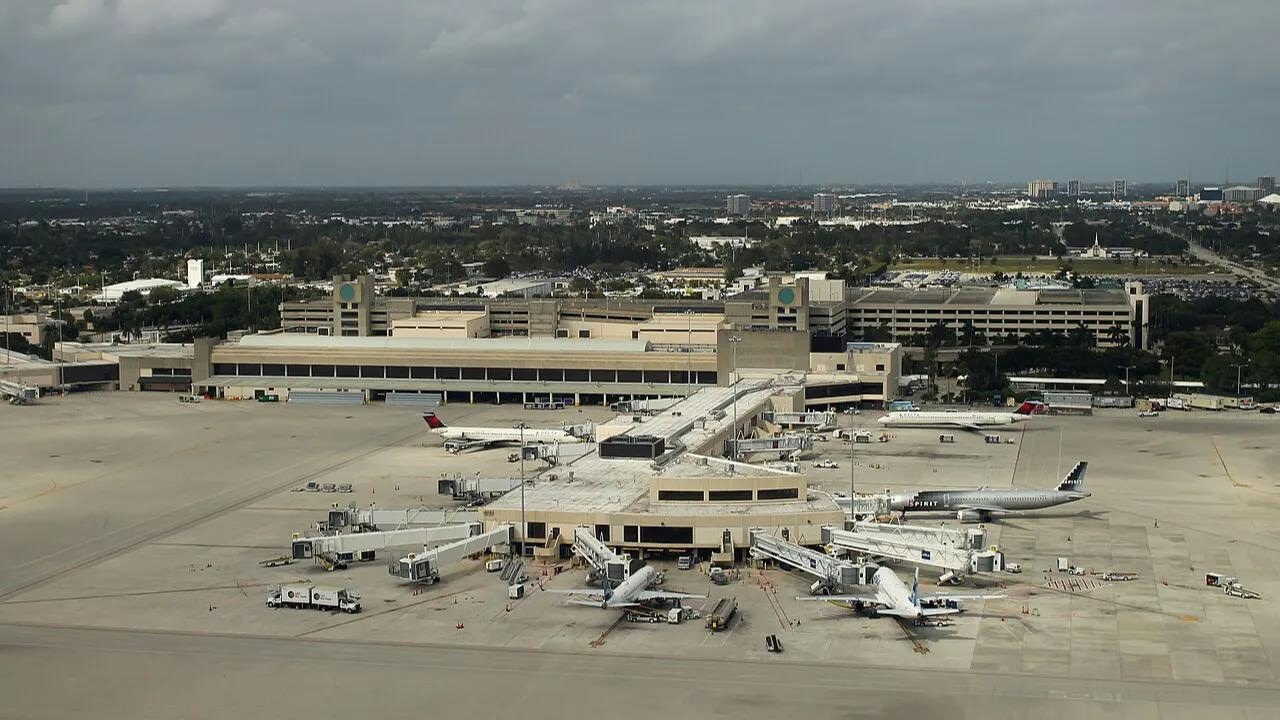
IATA Projects Airline Profits of $41 Billion in 2026
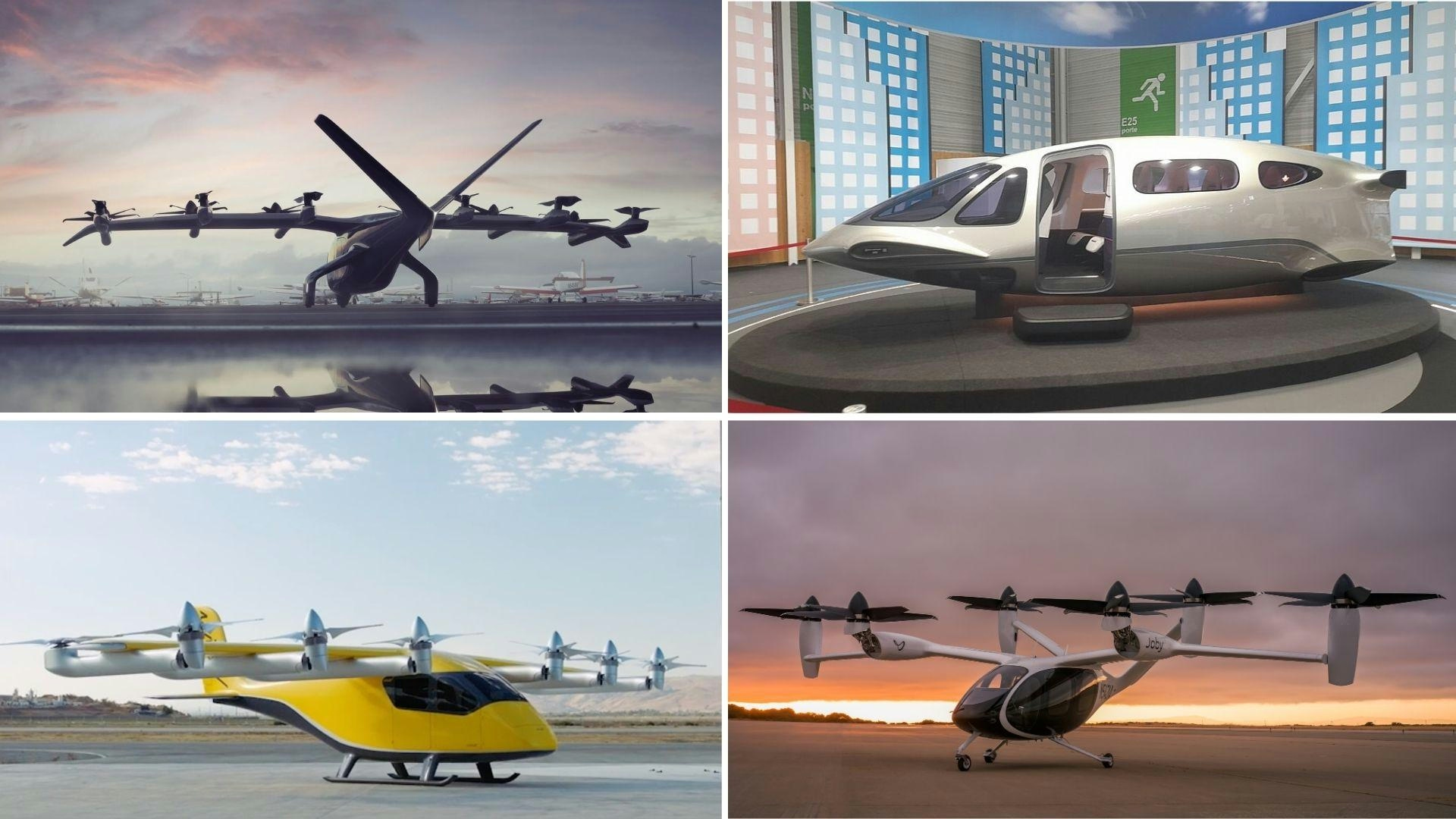
Five Air Taxis Poised to Shape Urban Mobility by 2026
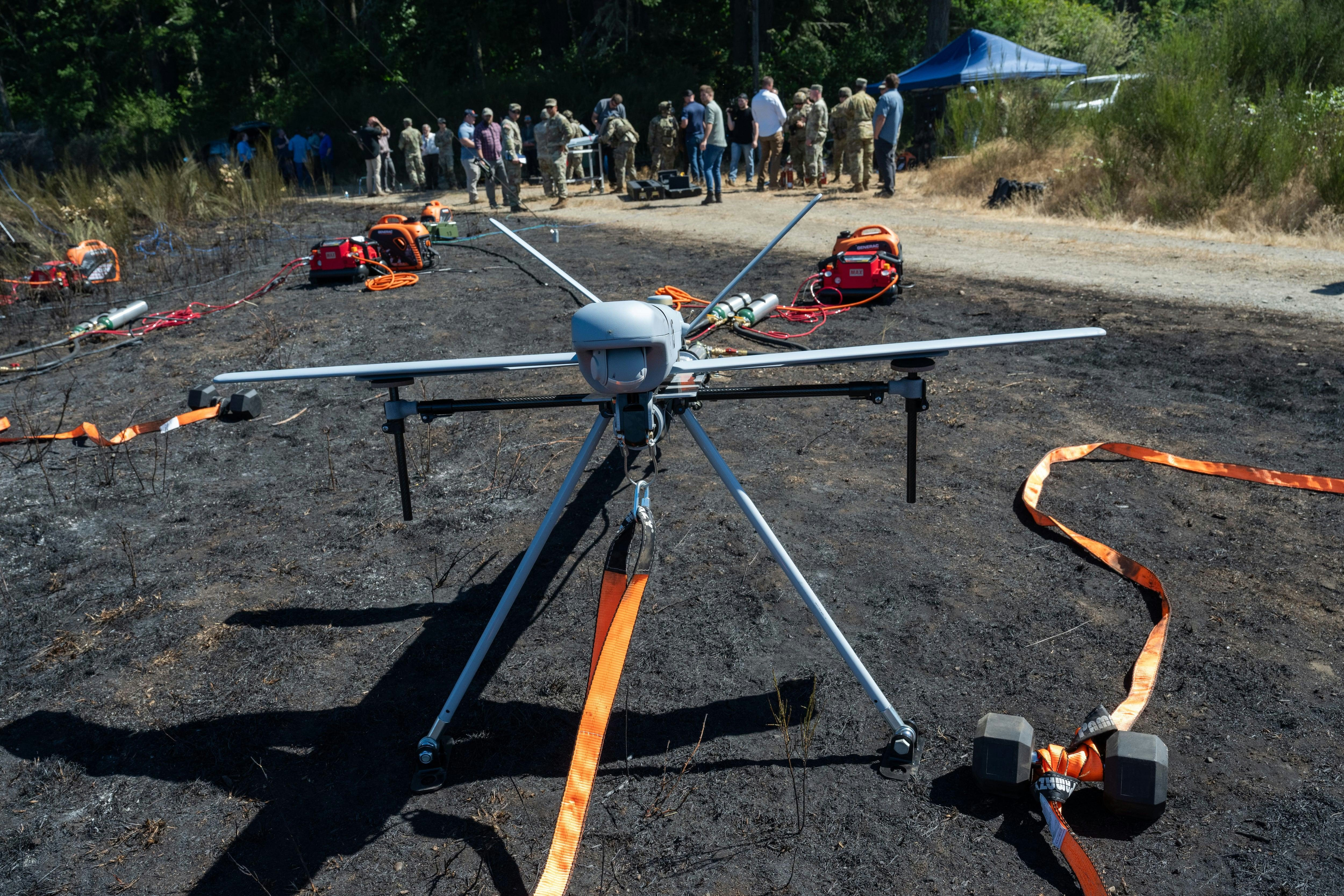
Advances Highlighted at Drone Warfighter Competition

London Luton Airport and University of Bedfordshire Launch AI Partnership to Advance UK Aviation
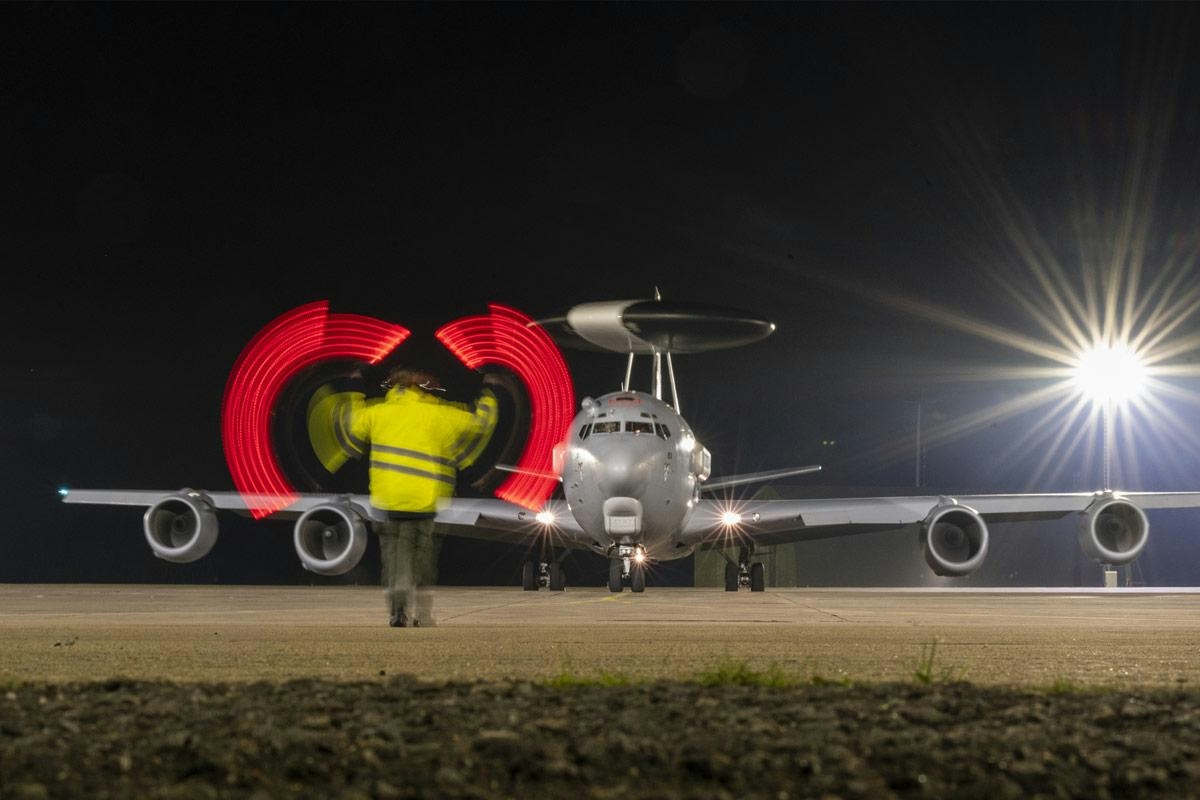
French Air Force E-3F Aircraft to Remain Under AFI KLM E&M Support Until Replacement

GE Aerospace Shares Rise on FAA LEAP Engine Directive and China Partnership

AI-Driven Innovation Transforms the Airline Industry
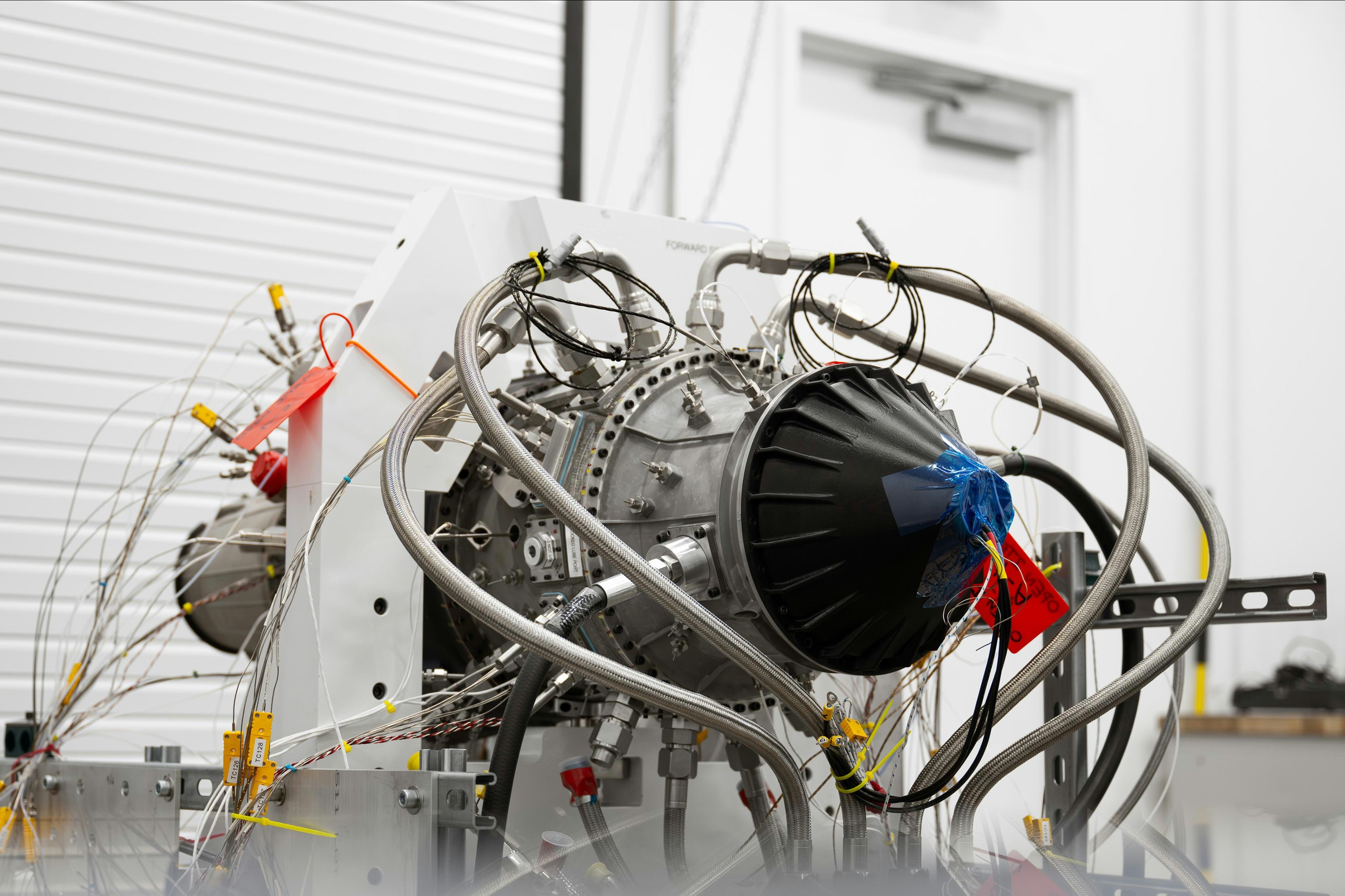
Beehive’s 3D-Printed Frenzy Engine Advances Toward 2026 Flight Tests
